Keeping you in the know, Culture Queue is an ongoing series of recommendations for timely books to read, films to watch and podcasts and music to listen to.
When David Yarrow snapped one of the most iconic sports photographs ever taken, he was, by his own admission, “merely a fan with a camera.”
It was the final of the 1986 FIFA World Cup in Mexico, and at age 20, he was sitting pitchside. Yarrow – who’s since made millions off his work – had only started taking pictures of soccer matches in Scotland for a local magazine the year before, while studying at university. Traveling to the World Cup as a freelancer, he unexpectedly received accreditation from the Scottish Football Association after he arrived. But thanks to a rule allowing each nation to have an accredited photographer on the field – and the fact that he was the only Scottish shooter who stuck around after his country was eliminated – he found himself in a fortuitous spot.
Right after Argentina beat West Germany to take the title, fans swarmed the pitch and the winning team lifted up its captain, Diego Armando Maradona. Yarrow rushed up to the scene and snapped his now-famous photo of Maradona in the air with his arms raised, smiling. The image went on to be syndicated and appeared in publications around the world.
“It’s a special picture,” Yarrow said in a phone interview. “I was lucky. My wide angle lens wasn’t great, but he looked right at me. And it showed the importance of getting close.”
Surprisingly, this didn’t immediately kick off Yarrow’s career as a photographer. In 1988, he took a job at a bank instead, and later financed his own hedge fund. When the financial crisis hit in 2008, however, his world collapsed. Photography had always been at the back of his mind, and he started plotting his way to it as a career.
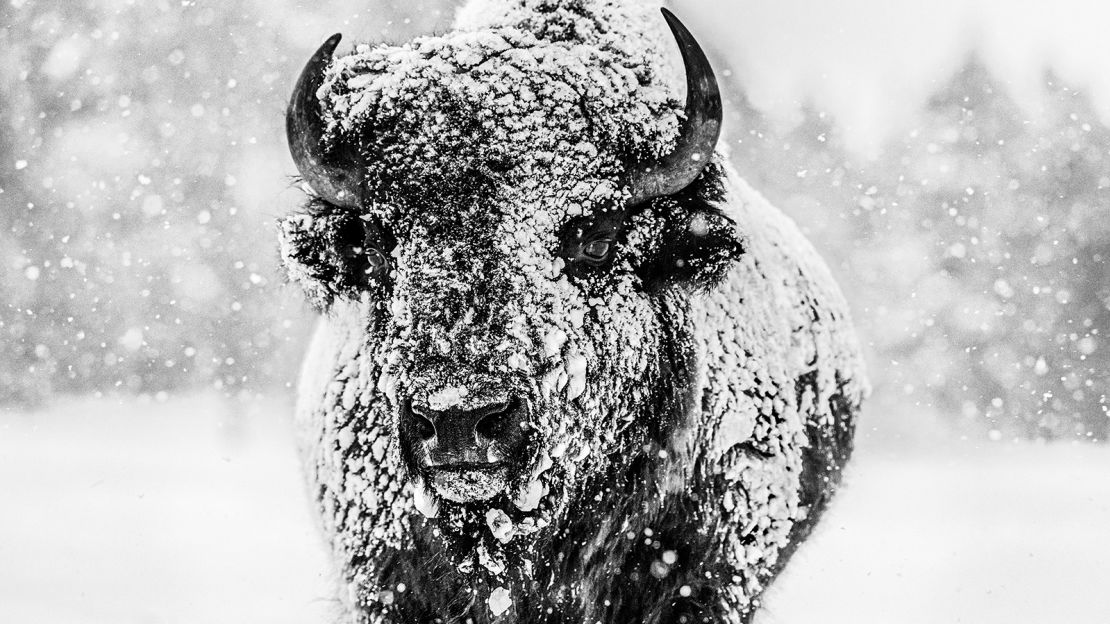
“I had financial responsibilities. I had to be a photographer that was earning quite a bit of money to be able to look after things in my life,” he said. “So I spent four years working towards the day where I knew that I could earn enough income as a photographer that I could take that risk.”
A life in photos
The tipping point was in 2015, when he took a breakthrough picture titled “Mankind,” showing Dinka herdsmen in a cattle camp in South Sudan. “I knew I could sell it for a million dollars,” he said. “It’s got depth, emotion, it’s raw, it’s visceral, and it’s still probably one of my most coveted images. And I was right: People pay $100,000 for that one image now.” (Yarrow usually prints his best photographs in two runs of 12 each, and once they’re gone, they’re gone.)
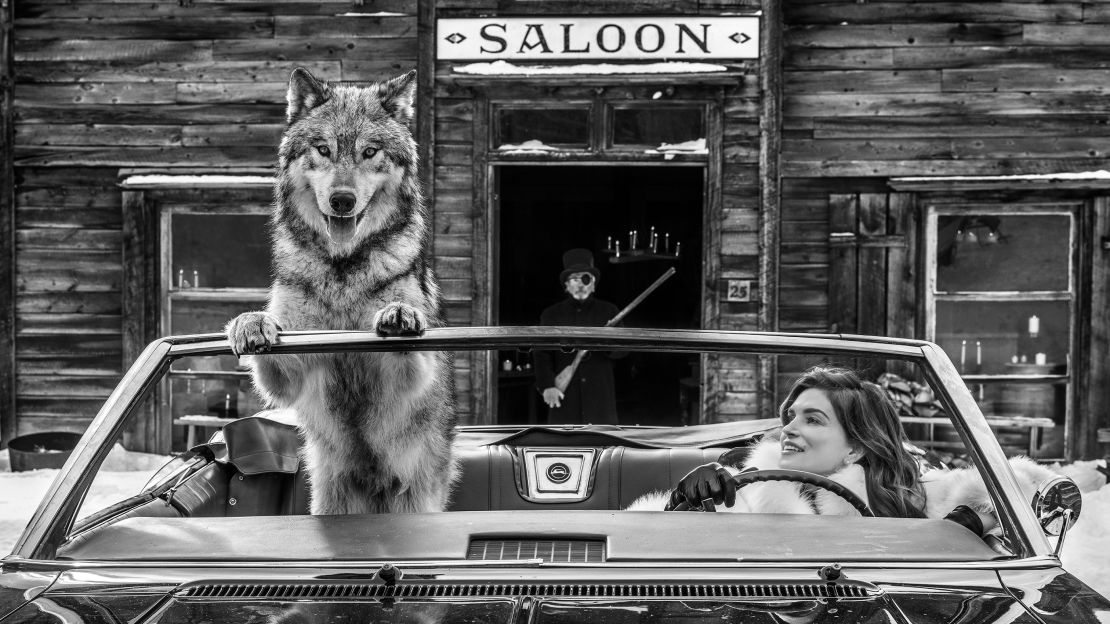
From there, Yarrow went on to make his name in photography by taking pictures of more sports stars, models, landscapes and wildlife, becoming an ardent conservationist. His new book “How I make photographs” is a very practical, pocket-size manual with his best advice to make it big as a photographer, but it also narrates his journey from hedge fund manager to fine art photographer – because even though he’s most famous for his wildlife work, he refuses the label.
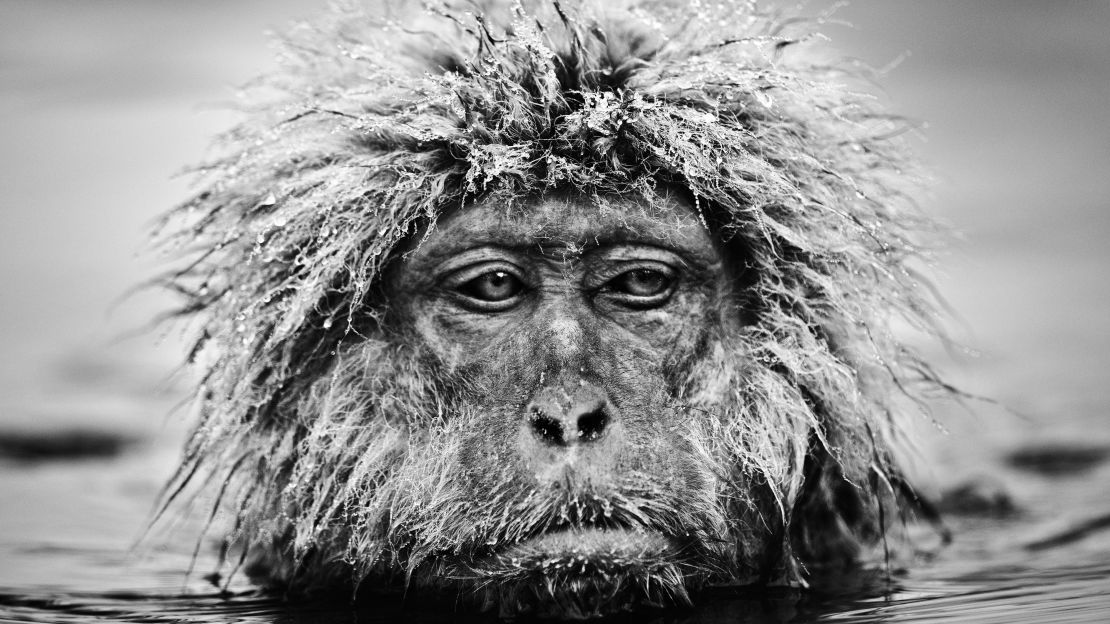
“I never considered myself to be a wildlife photographer. I’m a photographer. I never understand why the subject matter that you’re photographing tends to then be joined by the word photography – it doesn’t really happen in any other profession,” he said.
Perhaps his main lesson is the importance of planning, which applies to all of his greatest shots including “Mankind,” which was the result of careful staging and, crucially, bringing a ladder to gain a vantage point.
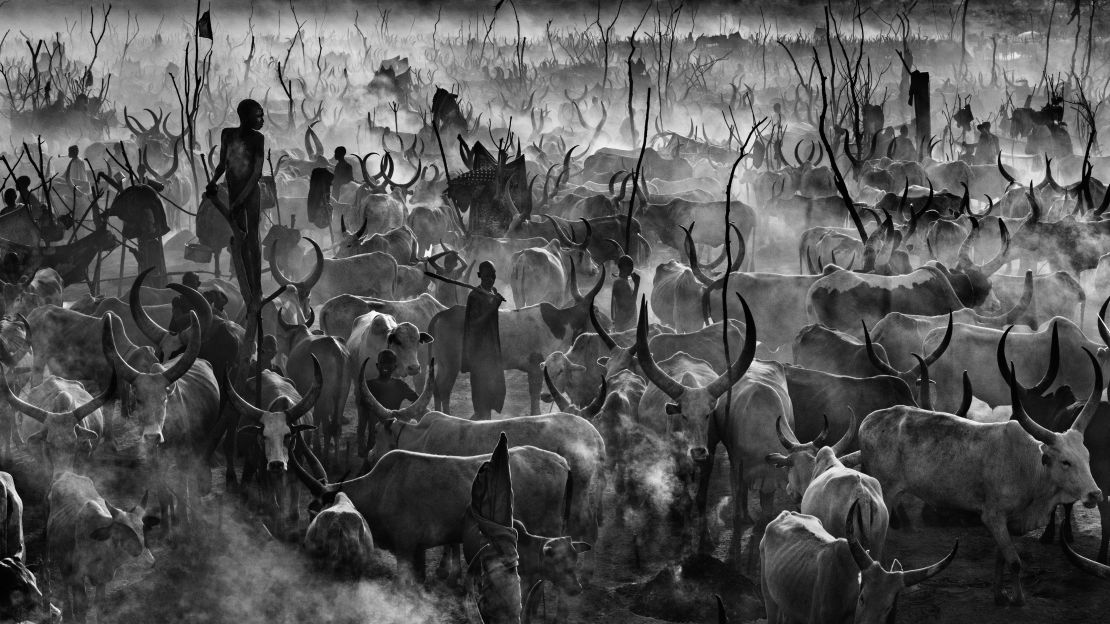
“It was Ansel Adams that taught the world there are two different types of photographers: people that take photographs, and people that make them – and he was a maker of pictures,” Yarrow said. The research, the process that comes before ever picking up the camera is what matters, he added.
Another tenet of his approach is that you have to get close, as is evident from that historic Maradona shot, as well as many of his striking portraits of magnificent animals, such as panthers, buffalo and polar bears. Eye contact equals emotion, he said.
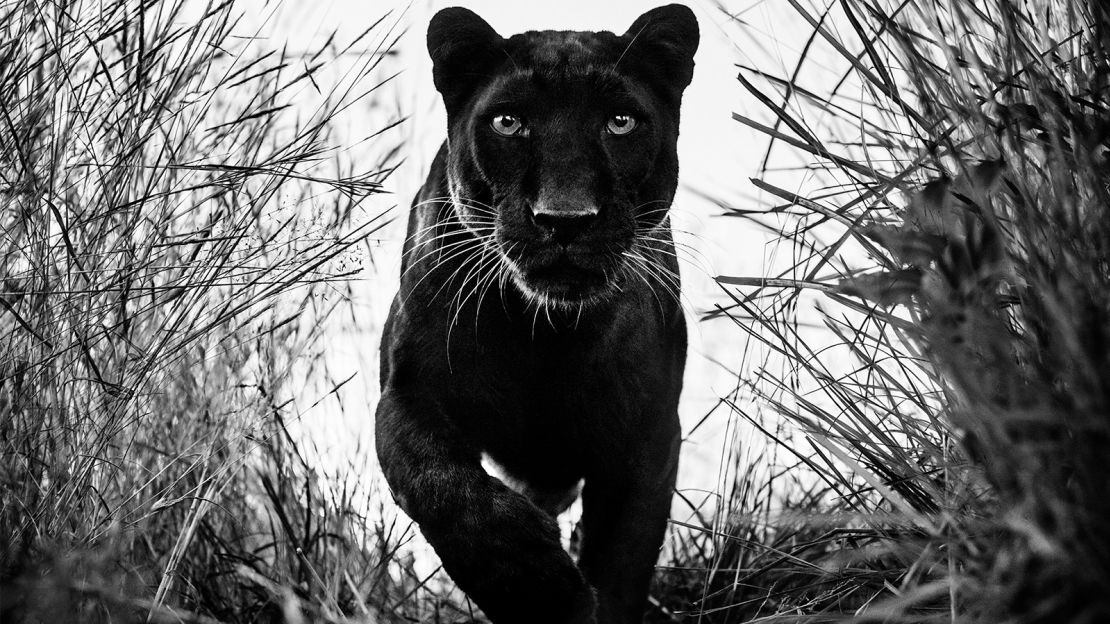
The book goes on to cover everything from equipment to prints (“Make your pictures very hard to get hold of,” he said.), with lots of practical examples and a good compendium of his work, which is mostly in black and white.
Above all, Yarrow says, a photographer has to be bold, because the best pictures possess two key factors: that you can look at them for a long time, and that they can probably never be taken again. “The whole point is to go the road less traveled,” he said.
“David Yarrow: How I make photographs” is published by Laurence King.
Add to queue: Into the wild
Read: Wild Encounters: Iconic Photographs of the World’s Vanishing Animals and Cultures (2016)
To enjoy Yarrow’s wildlife photography in a larger format, this comprehensive 2016 release collects all his most important photographs from his wildlife work across seven continents.
Read: Endangered (2017)
A hefty book for a hefty project, “Endangered” is the result of several years of photographer Tim Flach’s work to document the lives of threatened species, including primates dealing with habitat loss and elephants poached for their ivory. The 180 stunning images, often taken on a simple black background, are introduced by a prologue from eminent zoologist Jonathan Baillie.
Read: Microsculpture: Portraits of Insects (2017)
Drawing from the collections of the Oxford University Museum of Natural History, photographer Levon Biss created a unique photographic study of insects. Using microscopic lenses, Biss photographed each specimen by focusing on segments, before stitching together up to 8,000 different photographs to create each image. The result is a spectacular rendition of insects that were collected from the wild as early as 160 years ago.
Watch: Night on Earth (2020)
This six-part documentary from Netflix, shot in locales as diverse as urban areas and jungles, was filmed entirely at night with special cameras that are able to work off the faintest moonlight and in full color, as well as heat-sensing ones that give an otherworldly depiction of the savannah. Challenging to produce, the series – shot in 30 countries – is accompanied by a one-hour documentary (“Shot in the dark”) that details its extraordinary technical aspects.
Watch: The Green Planet (2022)
David Attenborough’s latest BBC documentary focuses on the world of plants, but leverages some impressive camera tech that essentially shows plants as moving, breathing things. The main innovation is a rig that enables the use of time-lapses while filming the plants, to speed things up while still performing complex motions around the subject or the forest floor, making for exceptionally dynamic shots that show these stationary life forms like you’ve never really seen them before.
Top image: Yarrow’s famous Diego Maradona picture at the 1986 FIFA World Cup final in Mexico.
